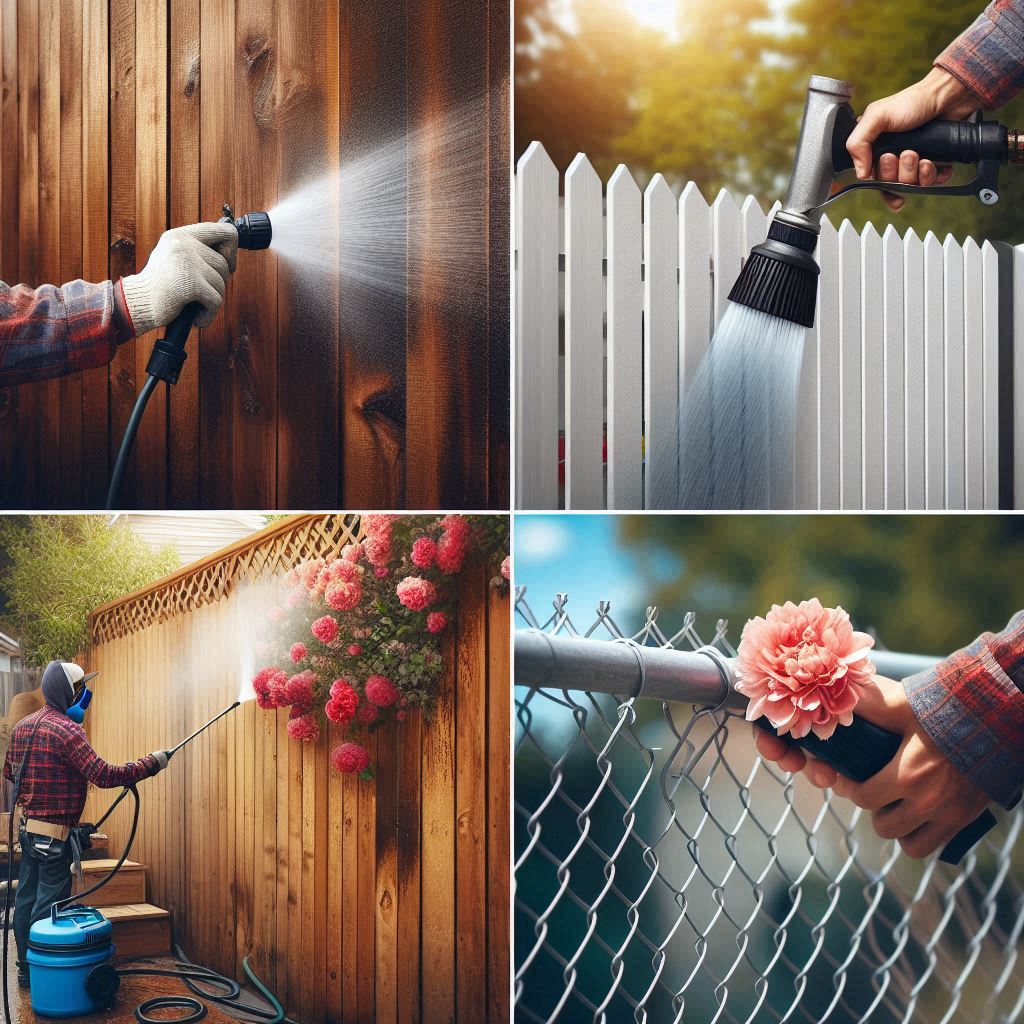Maintaining your fence is essential to preserve its appearance, functionality, and longevity. Whether your fence is wood, metal, vinyl, or composite, regular care can prevent costly repairs and keep it looking great for years. Here are practical DIY tips to help you extend the lifespan of your fence.
1. Regular Inspection and Early Repairs
Start by inspecting your fence at least once or twice a year. Walk along the fence line to check for:
-
Loose or broken boards
-
Rust spots or chipped paint on metal fences
-
Signs of rot, warping, or insect damage on wood fences
-
Loose nails, screws, or hardware
Addressing small issues promptly—such as tightening screws, replacing damaged boards, or sanding splintered edges—prevents minor problems from escalating into major repairs.
2. Thorough Cleaning
Cleaning your fence removes dirt, mold, mildew, and grime that can deteriorate the material over time.
-
For wood fences, use a soft brush with mild soap and water, or a pressure washer on a gentle setting to avoid damaging the wood fibers. Allow the fence to dry completely before applying any treatments.
-
For metal and vinyl fences, wash with a gentle detergent and water. Avoid abrasive scrubbers that can scratch protective coatings.
-
Clean at least once or twice a year, and more frequently if you live in humid or rainy climates.
3. Protective Coatings and Treatments
Applying protective coatings significantly extends fence life by shielding it from moisture, UV rays, and pests.
-
Wood fences: Use high-quality paint, stain, or sealant every 2 to 5 years. Paint with latex or acrylic paint offers excellent UV protection, preventing premature deterioration. Make sure to coat all sides of the fence, including the posts, to avoid warping and rot.
-
Metal fences: Apply rust-inhibiting primers and paint to prevent corrosion. Touch up any scratches or chips promptly to stop rust from spreading.
-
Vinyl and composite fences: While these require less maintenance, periodic cleaning and inspection for cracks or damage are still important10.
4. Manage Surrounding Environment
-
Avoid letting vines, plants, or sprinklers constantly wet your fence, as moisture can accelerate decay and cause mold growth.
-
Keep grills, furniture, and heavy items away from the fence to prevent physical damage.
-
Ensure proper drainage around fence posts by mounding soil to prevent water pooling, which can cause rot in wooden posts.
5. Seasonal Maintenance
-
In fall and spring, clear debris and leaves from the base of the fence.
-
Check hardware and hinges on gates to ensure smooth operation and security.
-
Reapply sealants or paint after winter to repair any weather-related damage.
By following these DIY maintenance tips—regular inspections, cleaning, timely repairs, protective coatings, and environmental management—you can significantly extend the lifespan of your fence and keep it looking its best for many years. Regular care not only enhances your

